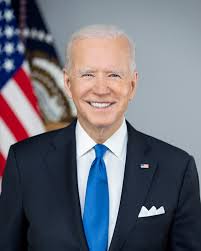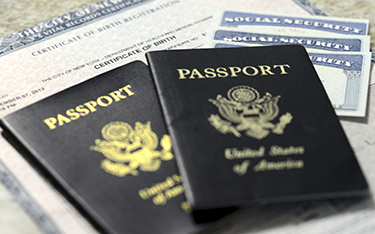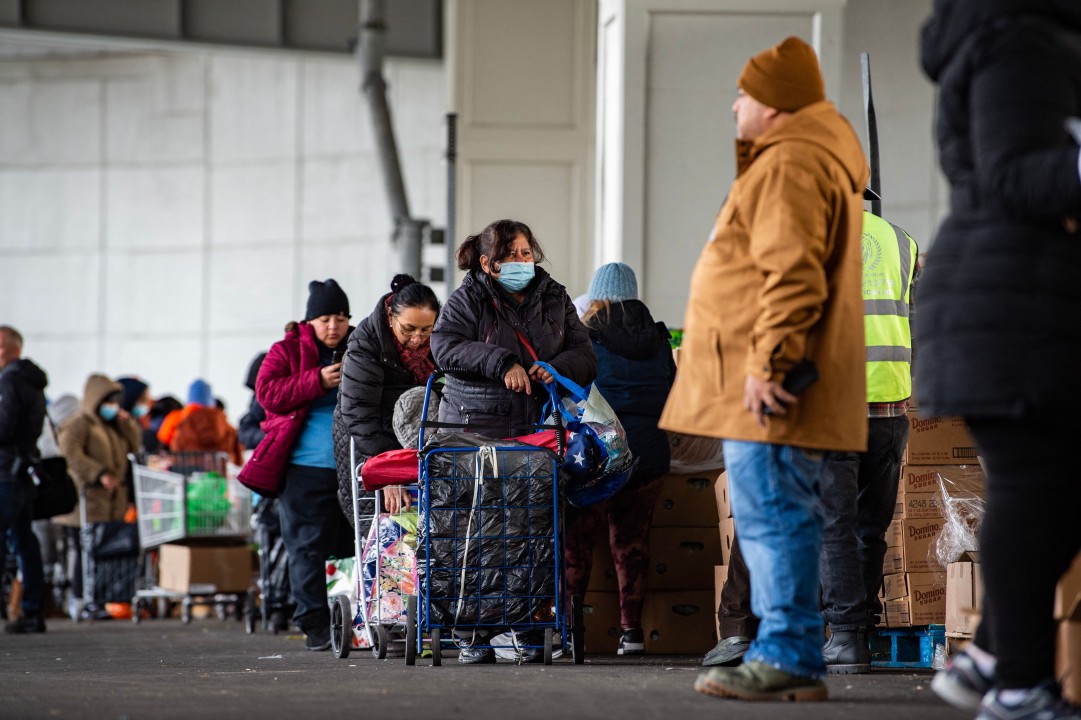Since 2020 and the pandemic, the poverty rate in America has fluctuated. In 2021, it was 7.8%, but by the next year, it had increased to 12.4% due to various events like the COVID-19 pandemic that put the world into a lockdown and the mass layoffs of 2020-2022, which left 18 million Americans unemployed. The combination of layoffs and the pandemic left the unemployed wondering when they’ll be out on the streets during a time when going outside was a possible death sentence.
With the pandemic, prices and the cost of living began to rise as the global supply chains were disrupted. As well as that, many businesses had a shortage of goods with the quarantine shutting down shipping goods from other countries. Despite that, the average salaries of jobs did not change. The average cost to live comfortably in America in 2024 was $75,000; only 12.1% of households made enough money to afford that as of 2023. The fact that basic necessities are becoming a luxury to the middle class and below is a concern. Only 2 generations ago, you could buy a house for your family with that salary. Now, to own a house comfortably, you need to have a salary of $100,000-$125,000.
Upon asking students at Fallon what they thought about inflation and if they have any ideas, 8th Grade student Amani Mahabir said, “Increased poverty has affected our country in many different ways. It’s grown a lot in the past few years, and wherever I go, I feel like I see someone homeless. It doesn’t even matter where, because either way, I always see a homeless person.”
8th Grade student Tanvi Puthucode also suggests that having more food drives and donations year-round, not just around the holiday season, may work to help decrease the amount of poverty in America. She also suggests that poverty may be driven by how a person starts in life. If they’re born in a lower class, she suggests they might not be able to receive the right amount of education to lift themselves into the middle class.
The government could create a policy or an act to combat that problem. The policy could give low-income families a trust fund of some sort so that if their salary cannot fund their family, they’ll have a fund to keep them afloat. This policy should also include a clause that requires the government to refill the accounts every single month. A solution could potentially work if funded and implemented.
As poverty increases, we don’t see much to help decrease it. With the massive layoffs from the pandemic and inflation, there doesn’t seem to be any end to the increase. With the last effort the government made to help decrease poverty rates in 2021, there seems to be no current attempts to resolve the rising poverty levels. As the year goes on, there will hopefully be a decrease, aided by the government or not, that can bring the percentage lower than 2021’s average.






















